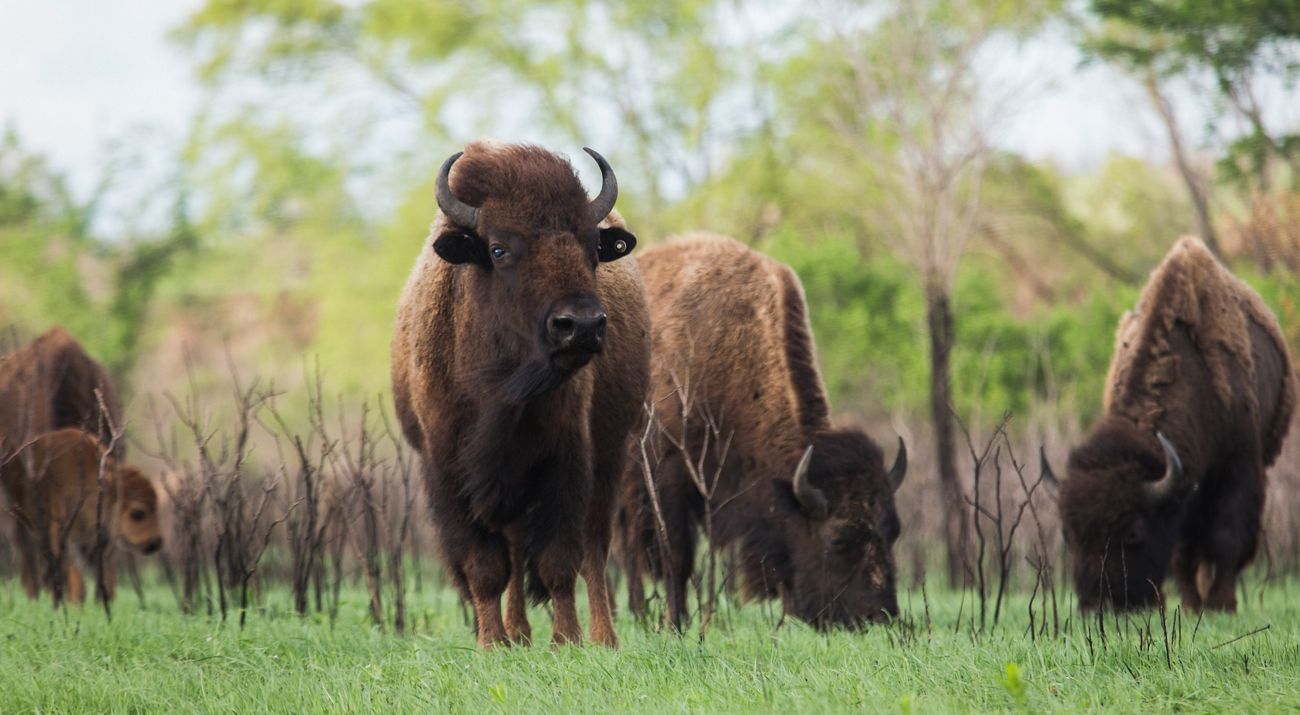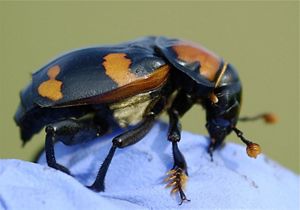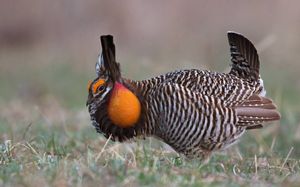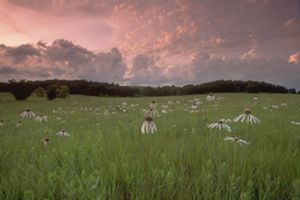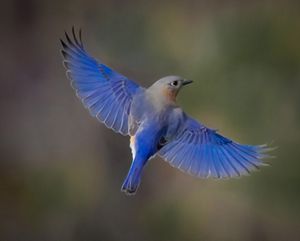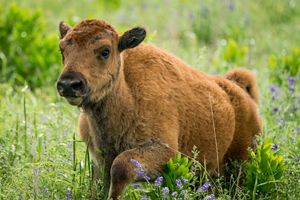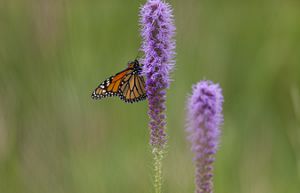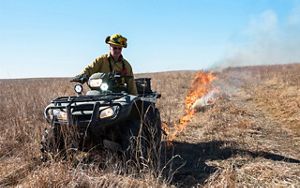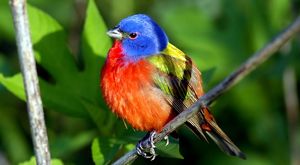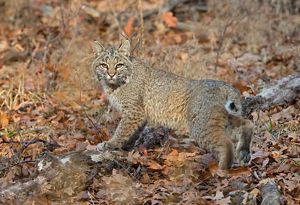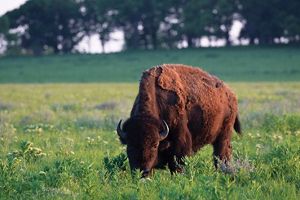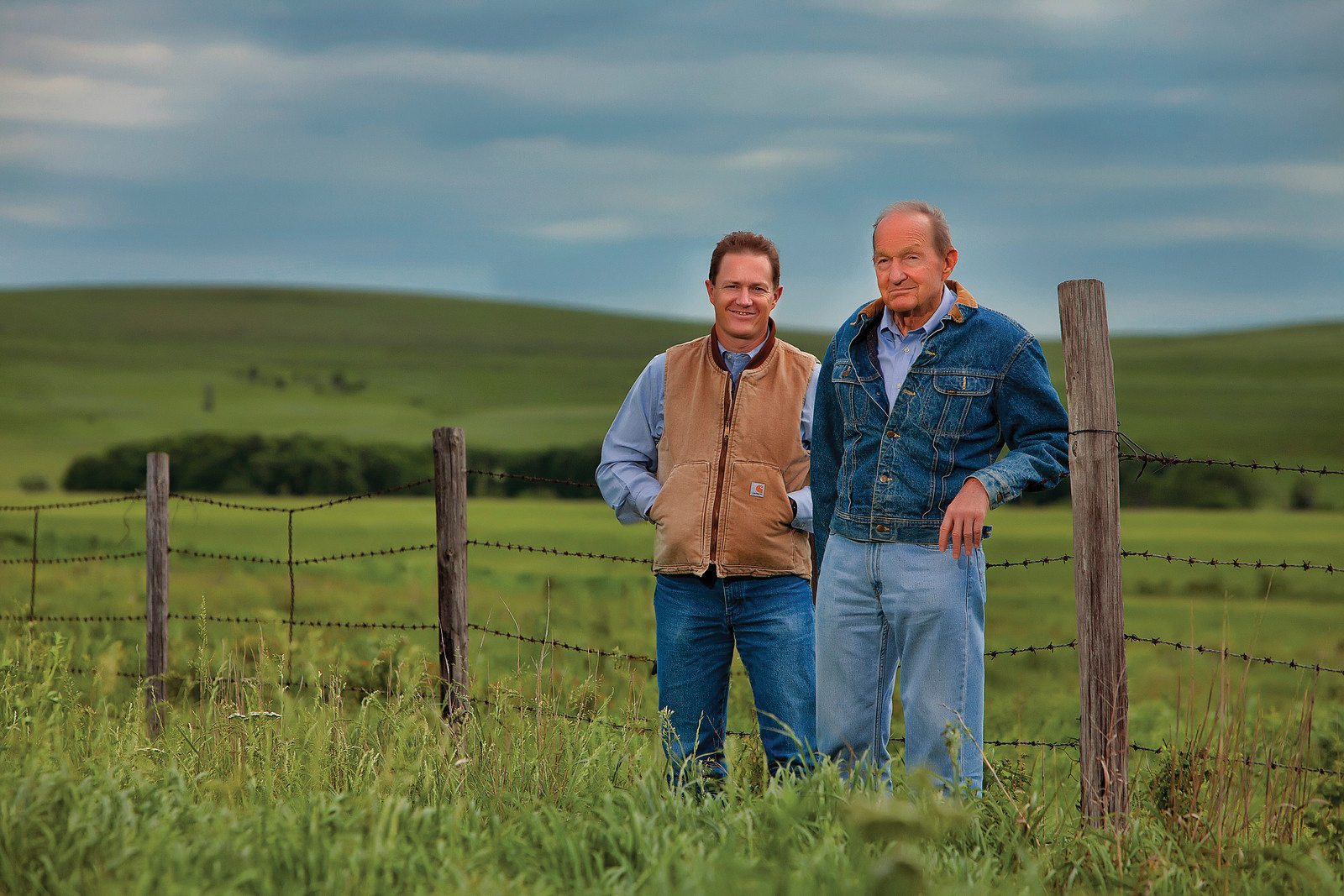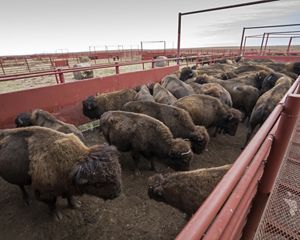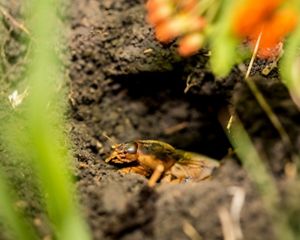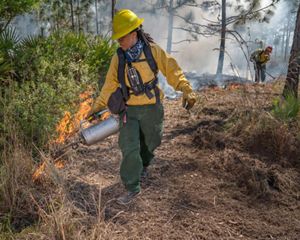Description
The Joseph H. Williams Tallgrass Prairie Preserve at 39,650 acres is the largest protected piece of tallgrass prairie left on earth. Urban sprawl and conversion to cropland have left this once expansive landscape, originally spanning across 14 states from Texas to Minnesota, at less than 4% of its original size.
Since 1989, The Nature Conservancy in Oklahoma has worked to restore this fully functioning portion of the tallgrass prairie ecosystem with the use of 2,500 free-ranging bison and a “patch-burn” model approach to prescribed burning.
The Tallgrass Prairie Preserve offers excellent wildlife watching opportunities and exceptional views of a variety of natural habitats. Over 700 plants, 300 birds and 80 mammals make this prairie home. Visitors can experience the wide-open prairie and the patches of crosstimbers forest by circling the 15-mile bison driving loop, hiking along designated trails and stopping to take in the views at various scenic turnouts.
